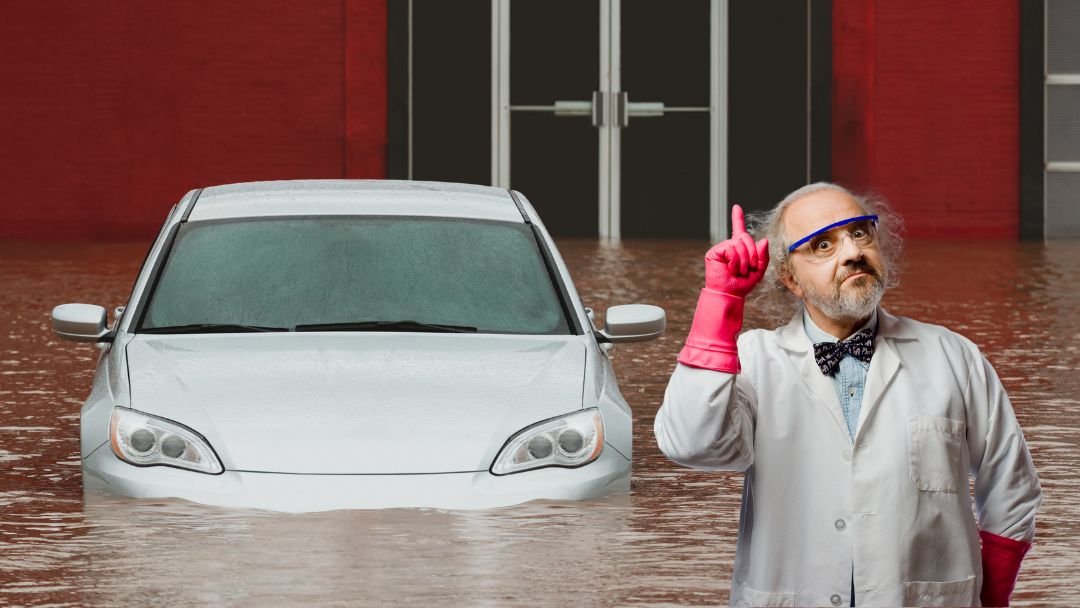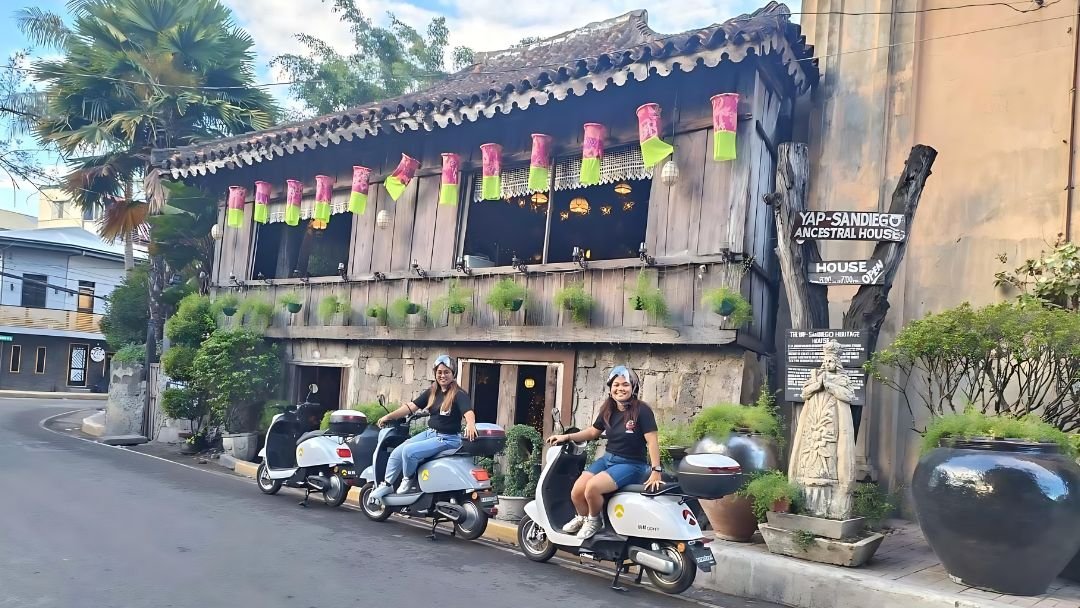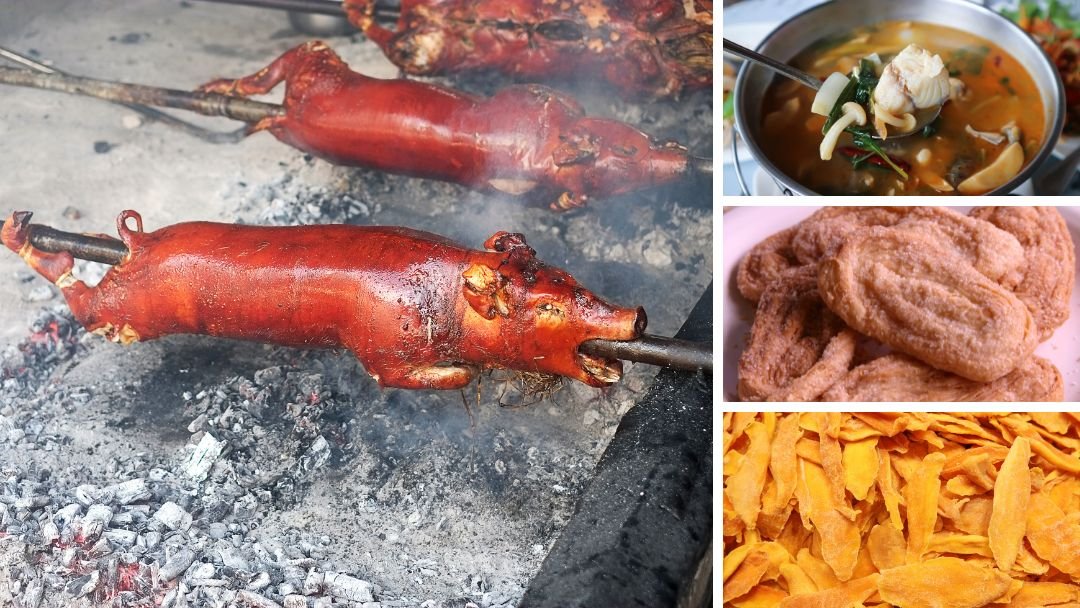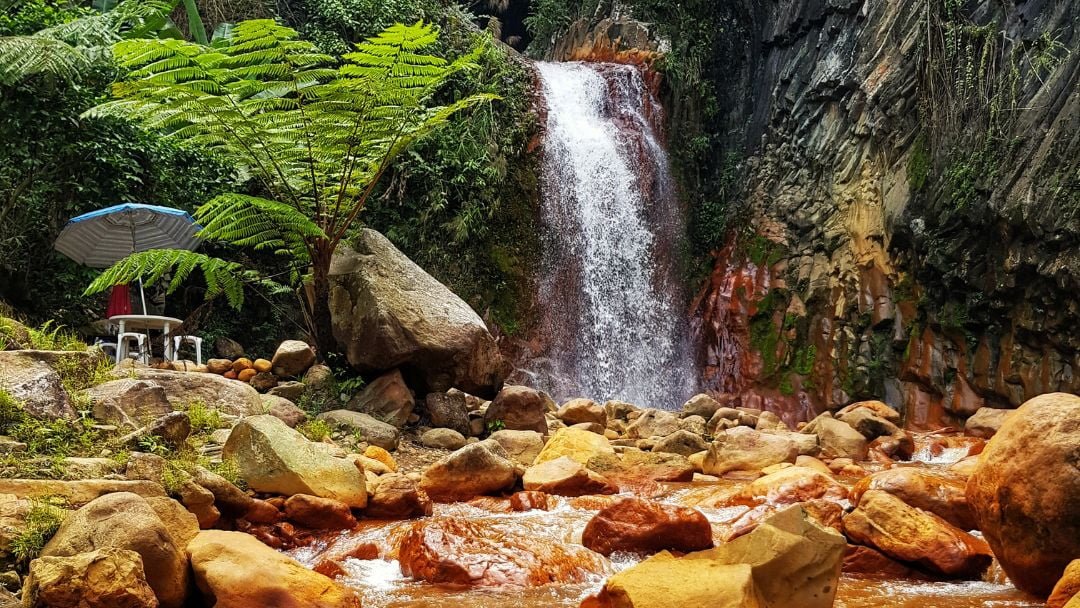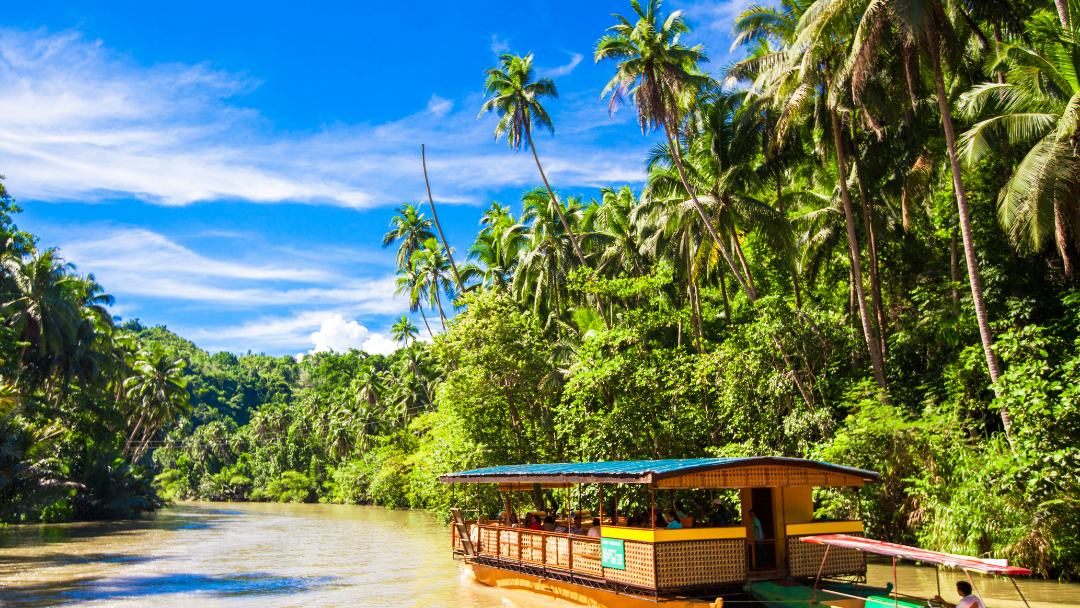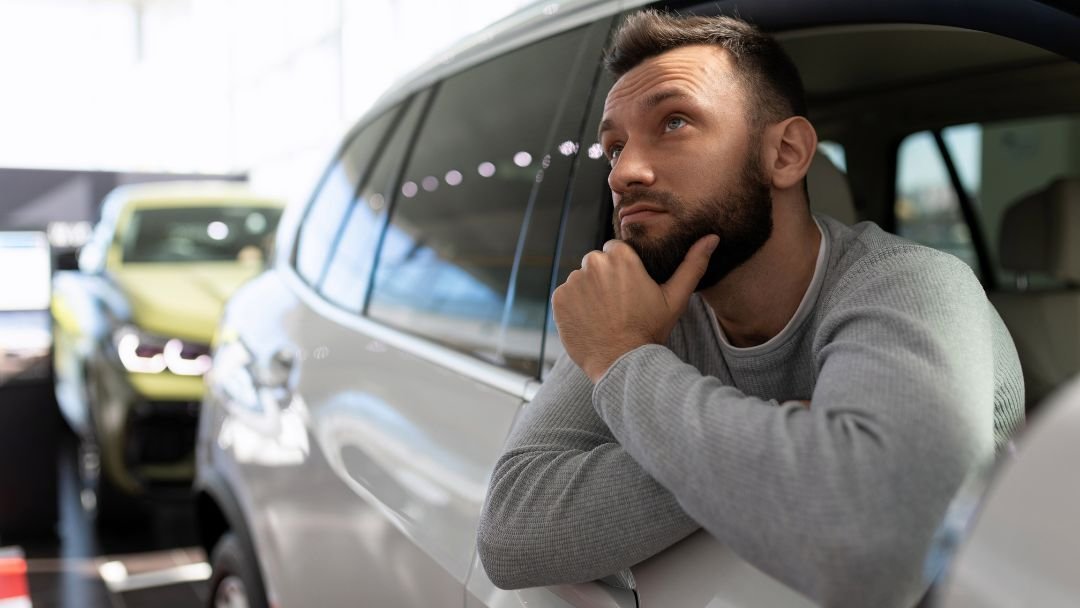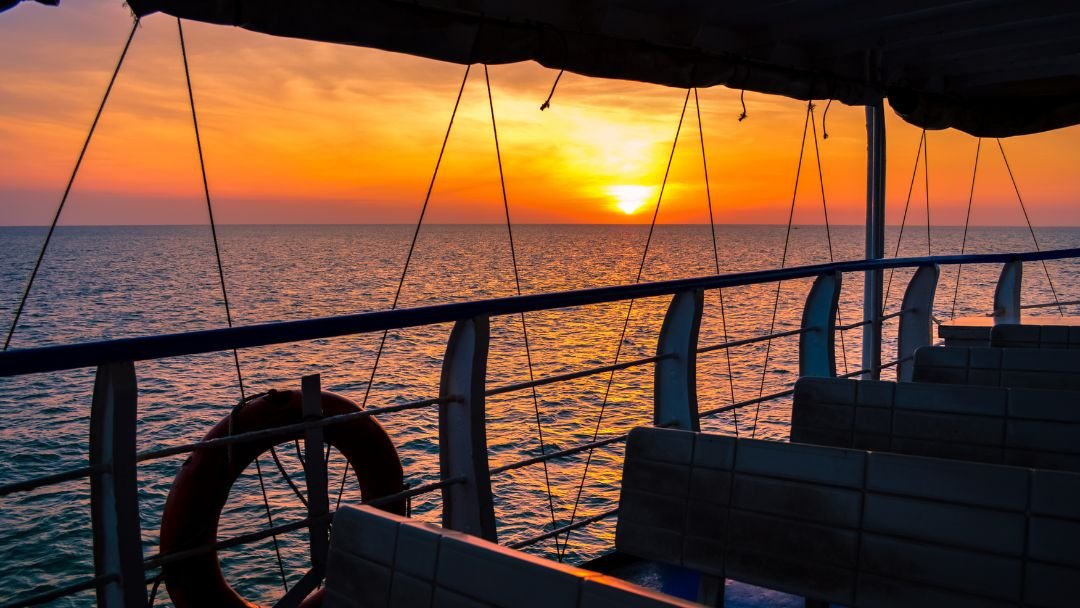Driving in the Philippines can be an exciting and convenient way to explore the beautiful landscapes and vibrant cities of this archipelago nation. However, it’s important to prioritize safety and responsible driving practices to ensure a smooth and enjoyable journey. Whether you’re a local resident or a visitor planning to rent a car from Saferide Car Rental in Bohol, Cebu, Dumaguete, or Iloilo, this guide will provide you with essential tips for safe and responsible driving in the Philippines.
1. Introduction
Driving in the Philippines offers a convenient way to explore the country’s diverse regions and attractions. However, it’s crucial to prioritize safety and responsible driving to protect yourself, your passengers, and other road users. By following the guidelines in this guide, you can enhance your driving experience and contribute to safer roads.
2. Obtaining a Driver’s License
Before hitting the road in the Philippines, it is essential to have a valid driver’s license. If you hold an international driving permit (IDP), you can use it for up to 90 days. Otherwise, you’ll need to obtain a local driver’s license from the Land Transportation Office (LTO). Make sure to carry your passport and license with you at all times while driving.
3. Familiarize Yourself with Traffic Rules and Regulations
Understanding and abiding by the traffic rules and regulations is fundamental for safe driving. In the Philippines, driving is on the right side of the road, and seat belts are mandatory for all passengers. Familiarize yourself with speed limits, traffic signs, and road markings. Be aware of no parking zones and follow designated parking areas.
4. Adapting to Local Driving Practices
Each country has its unique driving practices, and the Philippines is no exception. Be prepared to encounter different driving behaviors and adapt accordingly. Patience, alertness, and defensive driving are key. Stay calm in heavy traffic situations and avoid aggressive driving maneuvers.
5. Ensuring Vehicle Maintenance
Before embarking on your journey, inspect the rental car thoroughly. Check the tire pressure, headlights, turn signals, brakes, and windshield wipers. Ensure that the vehicle is in good working condition. If you notice any issues, contact Saferide Car Rental for assistance.
6. Navigating the Roads Safely
Maintaining focus and concentration on the road is crucial for safe driving. Avoid using mobile devices while driving and keep both hands on the steering wheel. Use navigation systems or maps to plan your route in advance. Pay attention to road signs and be aware of upcoming intersections and turns.
7. Dealing with Challenging Road Conditions
In certain areas of the Philippines, you may encounter challenging road conditions such as potholes, uneven surfaces, or narrow roads. Slow down and drive cautiously when faced with these conditions. Be aware of weather conditions, as heavy rain can lead to slippery roads. Adjust your speed accordingly and use your headlights when necessary.
8. Handling Traffic and Congestion
Traffic congestion is a common occurrence in urban areas of the Philippines. Plan your trips accordingly and try to avoid peak traffic hours if possible. Be patient and maintain lane discipline. Avoid unnecessary lane changes and use your indicators when switching lanes. Keep a safe distance from the vehicle in front of you to allow for sudden stops.
9. Driving at Night
Driving at night in the Philippines requires extra caution. Ensure that your headlights and taillights are in working order before starting your journey. Use high beams responsibly, switching to low beams when approaching other vehicles. Stay alert for pedestrians and animals on the road, as they may be less visible during nighttime.
10. Safety Tips for Long-Distance Driving
If you’re planning a long-distance trip, consider the following safety tips:
- Plan your route in advance and inform someone about your itinerary.
- Take regular breaks to rest and stretch.
- Stay hydrated and avoid driving under the influence of alcohol or drugs.
- Keep an emergency kit in your vehicle, including a spare tire, tools, and first aid supplies.
11. Sharing the Road with Motorcycles and Pedestrians
Motorcycles and pedestrians are common on Philippine roads. Exercise caution when sharing the road with motorcycles, as they may maneuver through traffic. Give them ample space and avoid sudden lane changes. Be alert for pedestrians crossing the road and yield to them when necessary.
12. Managing Emergency Situations
In case of an emergency, remain calm and follow these steps:
- Safely pull over to the side of the road.
- Activate hazard lights and use reflective triangles to warn other drivers.
- Contact the Saferide Car Rental emergency hotline for assistance.
- If necessary, contact the local authorities for help.
13. Respecting Local Customs and Etiquette
Respect for local customs and etiquette is important while driving in the Philippines. Be courteous and patient with fellow drivers. Use your horn sparingly and avoid unnecessary honking. Respect traffic enforcers and follow their instructions.
14. Staying Alert and Avoiding Distractions
Distracted driving is a major cause of accidents. Stay focused on the road and avoid distractions such as mobile phones, eating, or adjusting the radio while driving. If you need to make a call or send a message, pull over to a safe location.
15. Conclusion
Safe and responsible driving in the Philippines is crucial for a pleasant and memorable journey. By adhering to traffic rules, practicing defensive driving, and maintaining your vehicle properly, you can ensure a smooth and enjoyable experience on the roads of Bohol, Cebu, Dumaguete, and Iloilo. Remember to always prioritize safety and respect the local customs and etiquette while driving.

